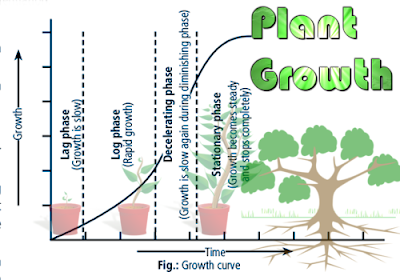Organizing and its importance
(Q and A)
Q1: Define organising.
Answer: Organising can be defined as a process that initiates implementation of plans by clarifying jobs, working relationships and effectively deploying resources for attainment of identified and desired results.
Therefore, it is a process, which coordinates human efforts, assembles resources and integrates both into a unified whole to be utilized for achieving specified objectives.
Q2: What is the significance of organising as a function to management?
Answer: Organising as a function to management leads to—
• Creation of organisational structure with suitable personnel.
• Designing specific roles to eliminate ambiguity.
• Defining inter-relationship among personnel for productive cooperation.
• Clarifying authority and responsibility for results and logical grouping of activities.









